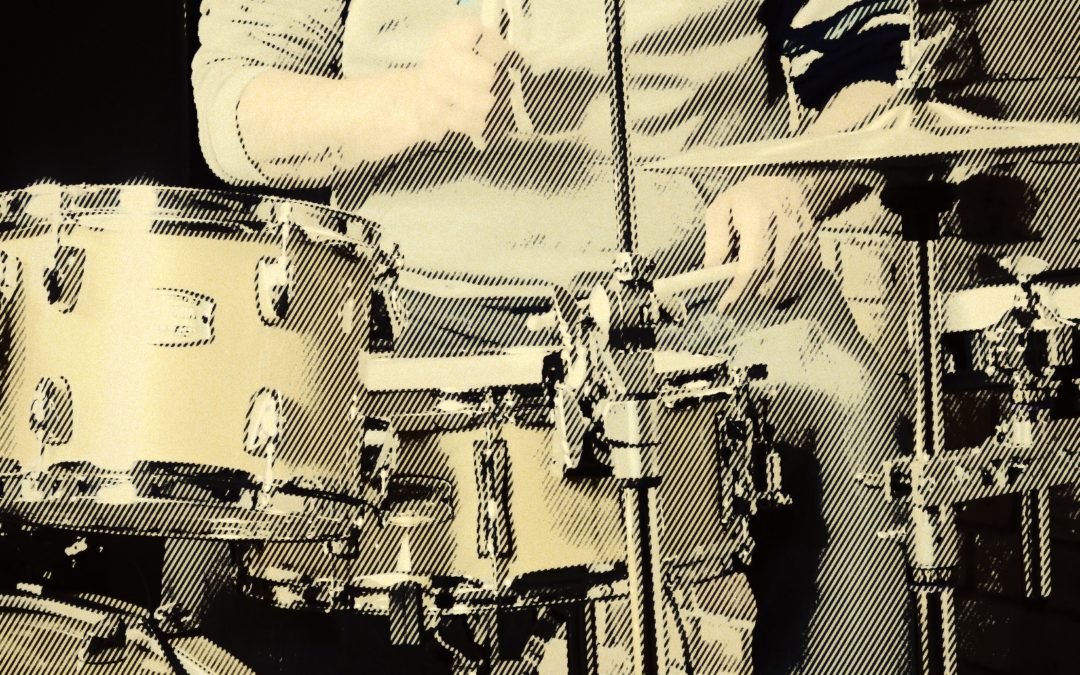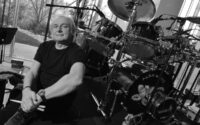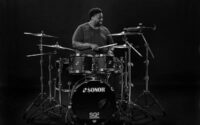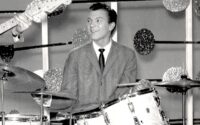Every drummer begins his or her education from learning how to sit behind the kit, hold the sticks properly, keep the right position of hands and legs etc. It’s fundamental for everyone who wants to play drums and don’t get any injuries in the future. Today we want to offer you a little bit different look at these problems. Jacek Kaleta is a briliant musician and professional Alexander Technique teacher (he has graduated from Society of Teachers of the Alexander Technique), who loves to help other musician understand their bodies and make the body stress go away. He is the mastermind behind the site called Swobodne granie dla muzyków (Relaxed Playing For Musicians). The Alexander Technique is a method that works to change (movement) habits in our everyday activities. It is a simple and practical method for improving ease and freedom of movement, balance, support and coordination.

A few months ago we have contacted Jacek and after an exchange of e-mails we decided to begin some kind of cooperation. We want to share his great knowledge to all of the drummers around. His experience as the Alexander Technique teacher can help all kinds of musicians, but since we are the drummers’ website we thought that it would be great to address this article especially to drummers. Jacek wrote the whole thing and we have (with his permission) modified it a little bit. Enjoy!
8 things you, as a musician, need to know about your body
1. The human body operates based on habits.
Most of what you do and how you do it is the result of habits and conditioning. You would not be able to play an instrument if your body had no ability to learn. Habits are necessary to survive, although some of them are bad for us and affect our playing, e. g. hunching or holding one’s breath.
The nature of a habit is such that we get accustomed to it and stop noticing it. Fortunately, those injurious habits can be replaced with more constructive strategies, however, you have to realize what it is you want to change. What habits have a negative influence on your playing?
2. Your body ‘knows’ how to move naturally and effortlessly
Some of the habits we form in the process of upbringing and education have a negative influence on our coordination. Small children move with grace but after a few years the process of losing naturalness and easiness takes its toll. A very common way of interfering with the way one’s body works is an attempt to assume excessive control over it.
Luckily, the body never forgets. F. M. Alexander always said that our bodies would return to their natural easiness once we got rid of all our negative habits. Your body has an innate intelligence and it knows better than your analytical mind how to move naturally and play a musical instrument. However, it needs to be helped by your moving away from what is harmful to it.
3. Your whole body is an instrument
No body movement happens in isolation. You play with your entire body. Even when it is first and foremost your fingers that move when playing, the whole body takes active part in that movement. For example, what happens to your neck will influence your hands.
Working with my students, I help them play with their entire bodies. Only then is the body capable of achieving optimal coordination and full musical expression through movement.
4. You cannot directly control your diaphragm
This paragraph is especially for those who use their breath to produce sounds. The diaphragm is the main breathing muscle and we do not have direct control over it. Obviously, it can be controlled by the use of other muscles connected to it, but that only creates an illusion of control. The reason for this is that we are not able to make the diaphragm contract as that would happen at the level of the medulla oblongata. It is an involuntary movement.
Diaphragm movement is initiated automatically, however, it can be trained (reeducated) directly through a specific breathing technique allowing the singer to naturally deepen and lengthen his or her breath.
5. The relation between the skull and the spine is the key to natural coordination for a musician
The dynamics between the head and the backbone will have an enourmous impact on an instrumentalist’s overall coordination while playing. F. M. Alexander referred to it as ‘primal control’.
A great deal of problems relating to playing an instrument can be solved by working solely at this level. The basic dynamics of natural coordination can be described in the following way: the skull moves slightly away from the spine, which makes the spine lengthen (more on that in paragraph 8).
6. Habitual tensing of neck muscles generates straining in the entire body
It is unnecessary, chronic tensing that is the source of pain. It is especially crucial as far as the neck is concerned as it affects balance and coordination by disturbing the flow of information from the brain to the remaining parts of the body below the neck.
When neck muscles become relaxed, the tension in the whole body is reduced. This has a great influence on every aspect of an instrumentalist’s playing. It is easier to play as the levels of performance precision and musical experssion increase. The discipline which recognizes this phenomenon and works with it in the practical respect is the Alexander technique.
7. Playing according to the design of our bodies results in increased easiness and comfort
The human body is designed in a specific way. Each joint has its position and a range of movements while each muscle has a specific task to perform.
If you are experiencing some kind of pain or tension, one of the reasons may be the fact that you are not using your body according to the ‘instruction manual’. The good news is that you can do something about it! A specific example is to be found in the next paragraph.
8. Where exactly is the joint connecting the skull and the spine located?
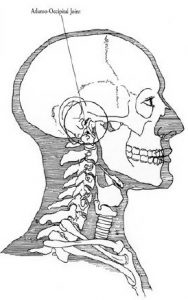
In paragraph 5, I said that the relation between the skull and and the back bone is the key to achieving natural coordination when playing a musical instrument. The first step to restoring natural coordination is understanding where exactly the skull and the first vertebra (C1) join together. Most people believe that point is located at the back of the neck. Let me suggest a brief expperiment.
Try to nod a few times imagining that the movement takes place at the back of your neck…
Remember your experience.
Put your forefinger and middle finger in both pits behind your ears and imagine that the movement takes place at the point between the fingers. Nod a few times.
Have you noticed the difference?
When playing a musical instrument, we often look down. Respecting our anatomy will help us do it without unnecessary tension, which only make playing more difficult. The figure shows the actual location of the spot where the skull and the spine are joined together.
We hope that you have enjoyed the article. There is more to come! Check out Jacek Kaleta’s site and fanpage (Polish only):
Share


